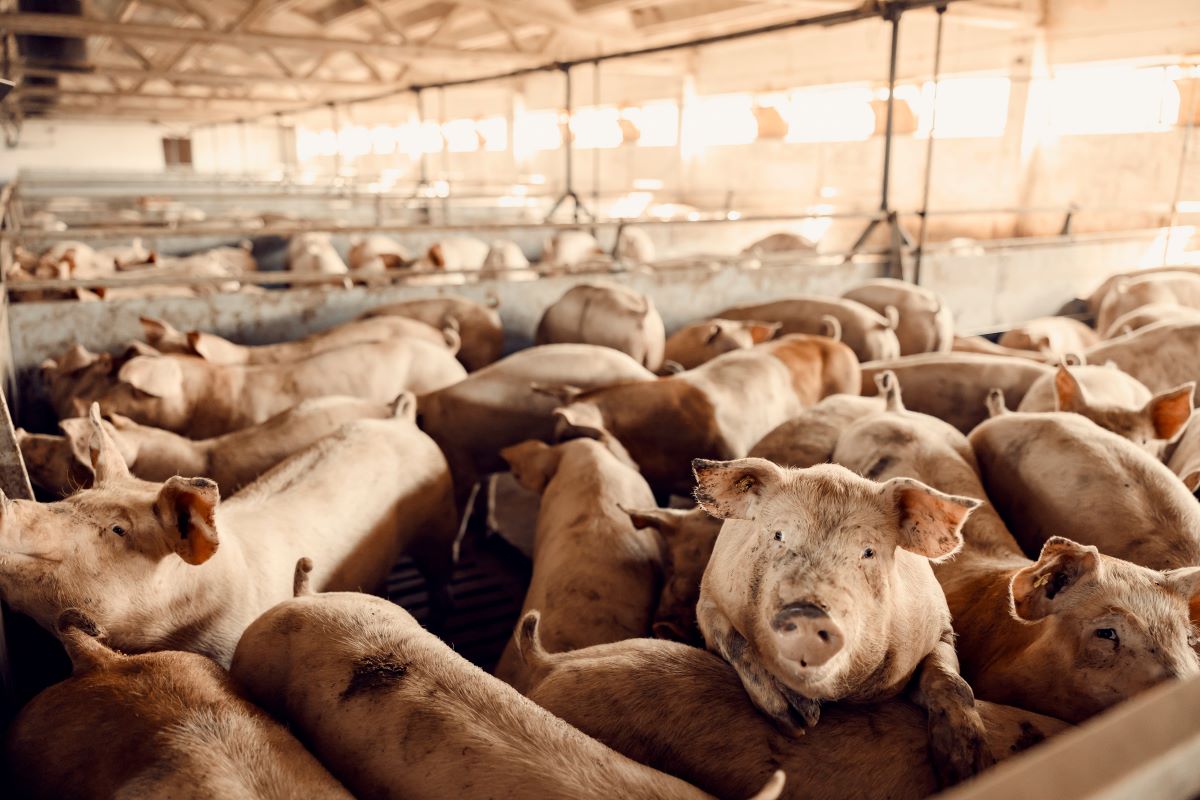Beijing has largely avoided the inflationary pressures seen in the United States and Europe and has continued with its ultra-loose monetary policy with an eye on the 5.5% GDP growth target. The scenario is likely to change in the coming days as China pork prices have jumped 2.9% in the month of June, as per data from the National Bureau of Statistics.
Taking into consideration the rising costs of the staple meat, China’s National Development and Reform Commission (NDRC) recently announced on WeChat that it is considering releasing central and local pork reserves to reduce prices. The question is, why is pork such an important commodity for the Chinese?
Wang Zuli, an associate researcher of agricultural economics and development at the Chinese Academy of Agricultural Sciences, in an interview with a domestic news agency, said that pork is the main meat consumption variety for the Chinese and has long accounted for more than 60% of the entire meat consumption structure. Therefore, the researcher says, that a fluctuation in pork prices is closely related to the lives of ordinary people while also impacting the consumer price index and macro-fiscal policy.
Why are China pork prices rising?
China produces more than 95% of its pork locally and is still the biggest importer of pork in the world, importing $9.5 bn worth of the meat in 2021. To understand why pork prices are rising in Beijing, we need to look back at the market even before the pandemic. In 2018, millions of pigs in China died due to the African Swine Fever. In late 2019, consumer price inflation in China hit its highest level as pork prices rose more than 100% in a year.
The Covid-19 pandemic hit the world shortly after which pushed pork prices up above 40 yuan per kilogram, but in October 2020 pork prices in China retreated for the first time in one and a half years as supply eased. However, imports of pork into China increased during the said period.
Fast forward to 2022, the supply of pigs is low as several pig farmers and companies either shut down during the pandemic or are under severe debt. The Russia-Ukraine war has further put pressure on the global food and feed supply, whereas transportation costs have risen due to record crude oil prices. Additionally, China easing the Covid-19 lockdowns has increased demand in hotels, restaurants, schools, and factory canteens, but the supply is short. It is also likely that hog companies in China are hoarding and raising prices, as stated by the NDRC last month.
Food inflation has been the biggest concern for Asian countries, and a shortage of pork is likely to destabilize food security in China as consumers buy other meat products and non-staple foods, raising prices for several other commodities.
Outlook of China’s food inflation
The rising food costs are weighing on consumer prices, which rose 2.5% year on year in June. Among the parameters considered for measuring China’s CPI, food items account for up to 35%, whereas other categories make up between 15% to 5% each.
“Judging from the endogenous driving force behind the current round of pork price increases, pork prices are likely to remain at a high price in the second half of the year, and the CPI may continue to maintain an upward trend,” writes Jiang Zhaohua, EFP Financial Manager and a professor at Shandong Normal University, for Sina Finance.
On Friday, average pork prices tracked by the Ministry of Agricultural and Rural Affairs were at 24.55 yuan per kilogram, a 12.9% increase over the week before. “Low prices force farmers to retreat, which may bring about a new round of soaring pork prices. Therefore, it is not good to be too high or too low. It is best to maintain stability,” said Wang Zuli.
The researcher of the Chinese Academy of Agricultural Sciences told Global Times the rising price of pork feed has already been factored in by the market and any further hikes in pork prices will not reach the high recorded in 2020. Additionally, since almost all of China’s pork supply is from domestic sources, concerns of inflation due to steep hog prices were unlikely.
Separately, the NDRC has warned major hog breeders against hoarding and price rigging, with potential penalties if producers were found to be indulging in ‘irrational behaviour’. Rising pork prices had aided the stock rally of some hog producers in China, but the NDRC warning is likely to prompt traders to reassess their bets.
Market participants in China believe that a new upward cycle of pig prices has begun after a year of low prices owing to excess supply. China’s Citic Securities expects hog prices to rise to 25 yuan per kilogram for the rest of the year. Additionally, several small pig breeders have exited the industry as they were unable to sustain the pandemic pressures, which has made the sector more manageable for the government due to the consolidation of supply with big breeders.










 Australia
Australia China
China India
India Indonesia
Indonesia Japan
Japan Malaysia
Malaysia Philippines
Philippines Singapore
Singapore South Korea
South Korea Taiwan
Taiwan Thailand
Thailand Vietnam
Vietnam
 Germany
Germany Hong Kong
Hong Kong USA
USA Switzerland
Switzerland Singapore
Singapore United Kingdom
United Kingdom








